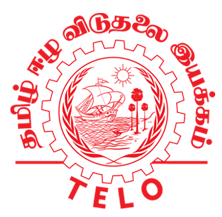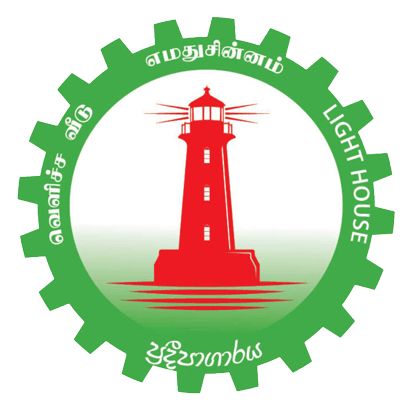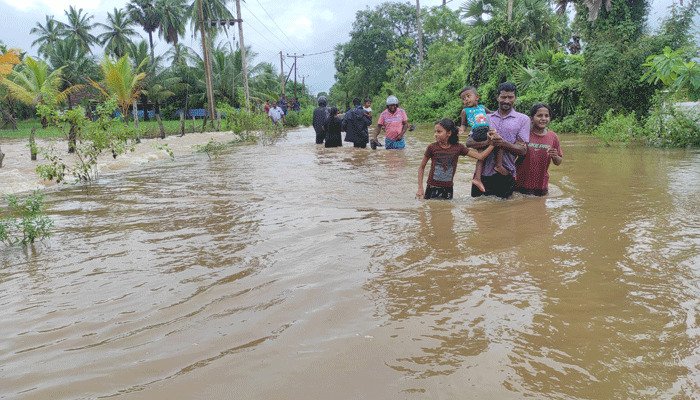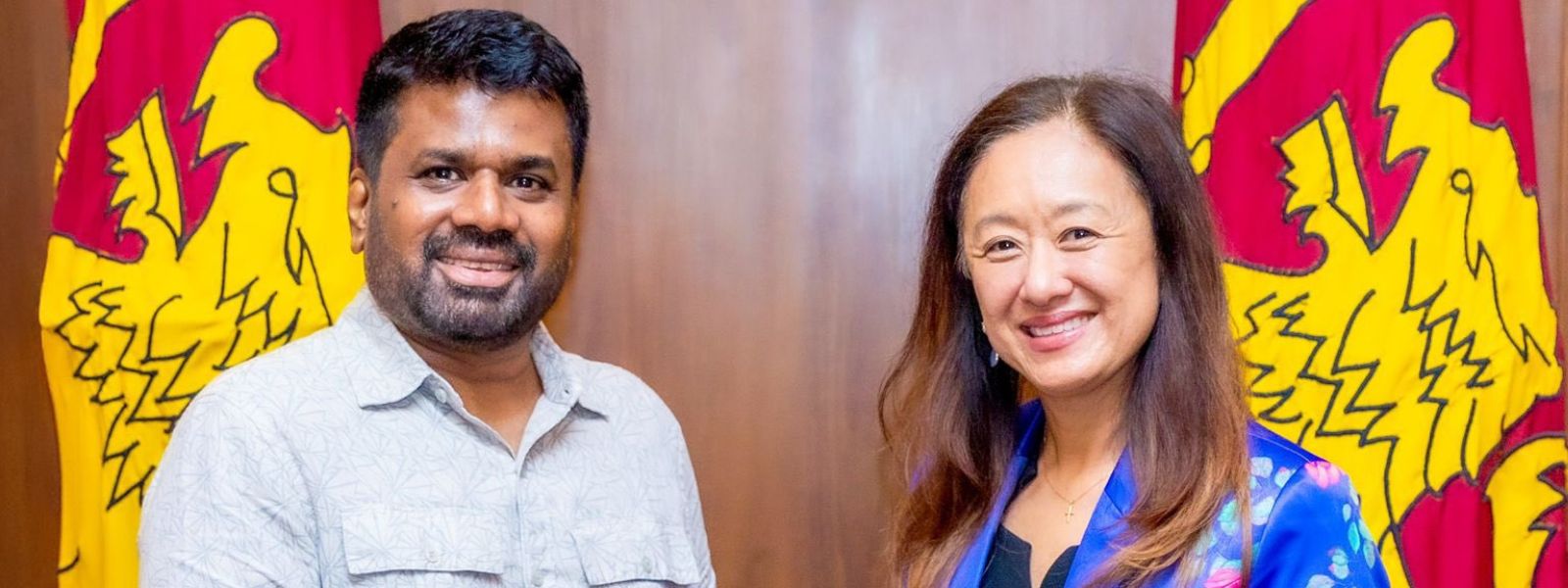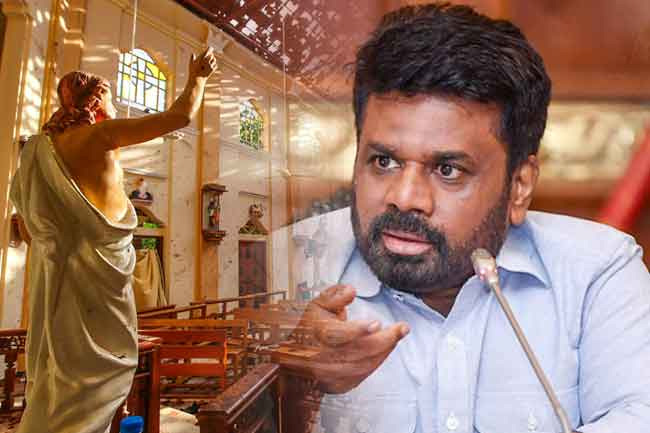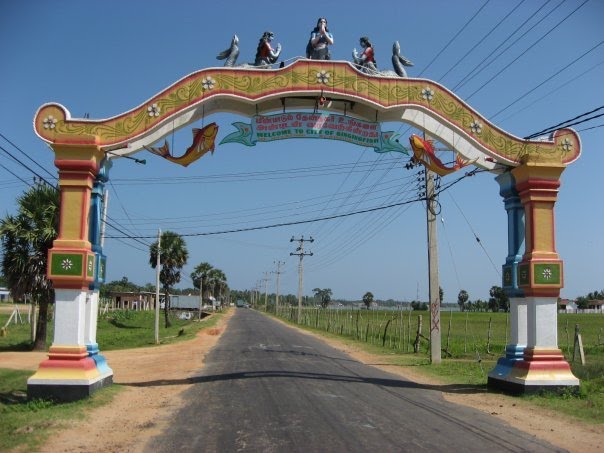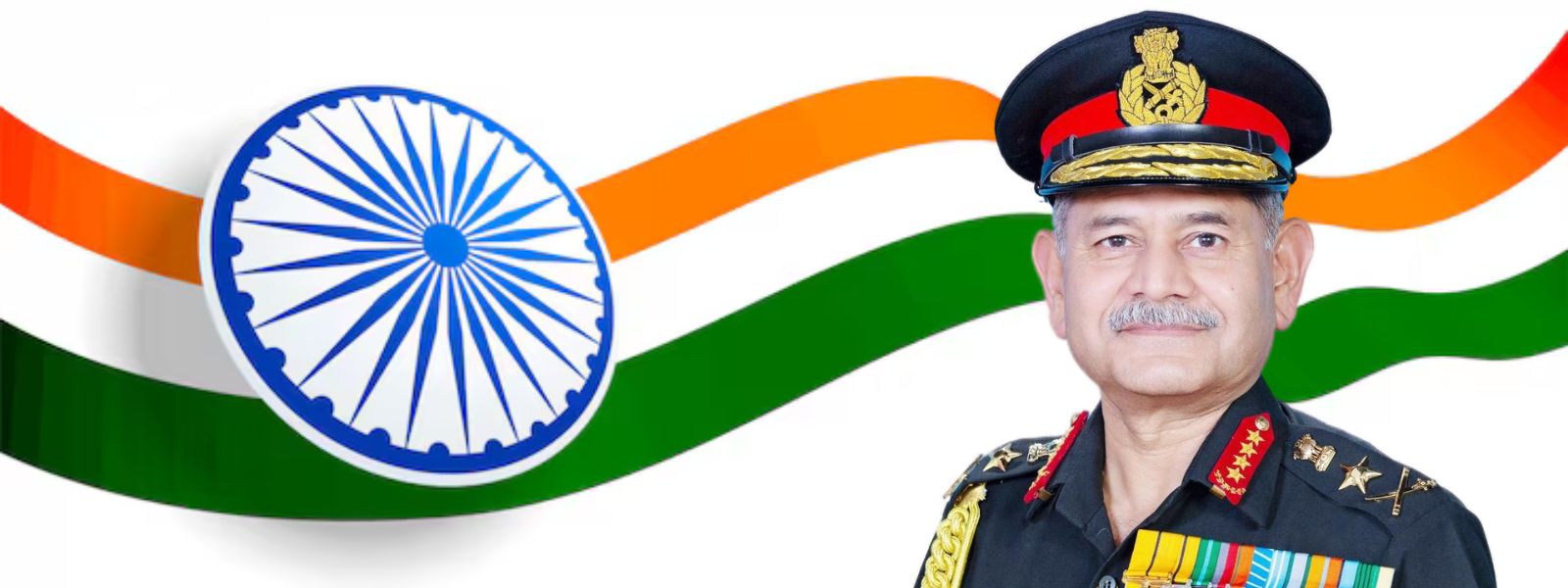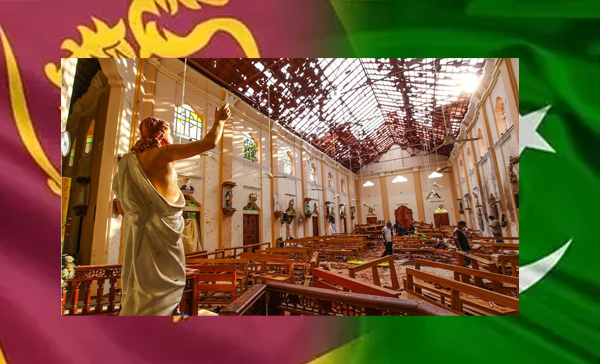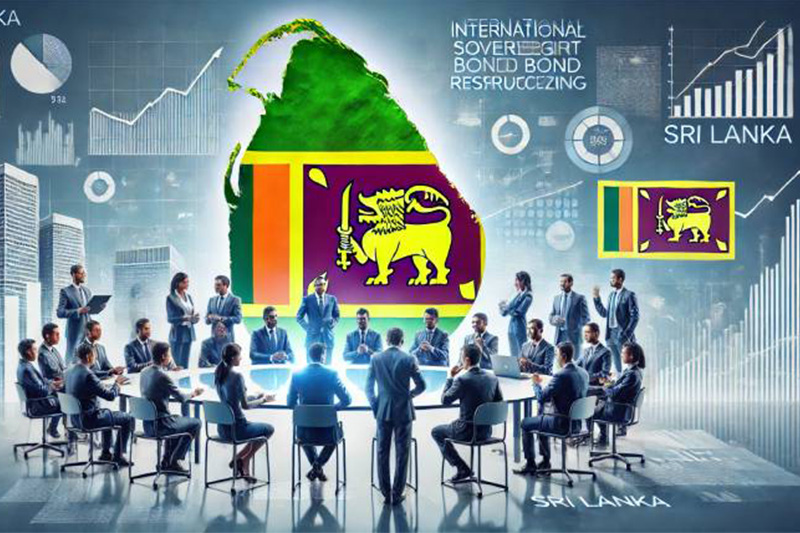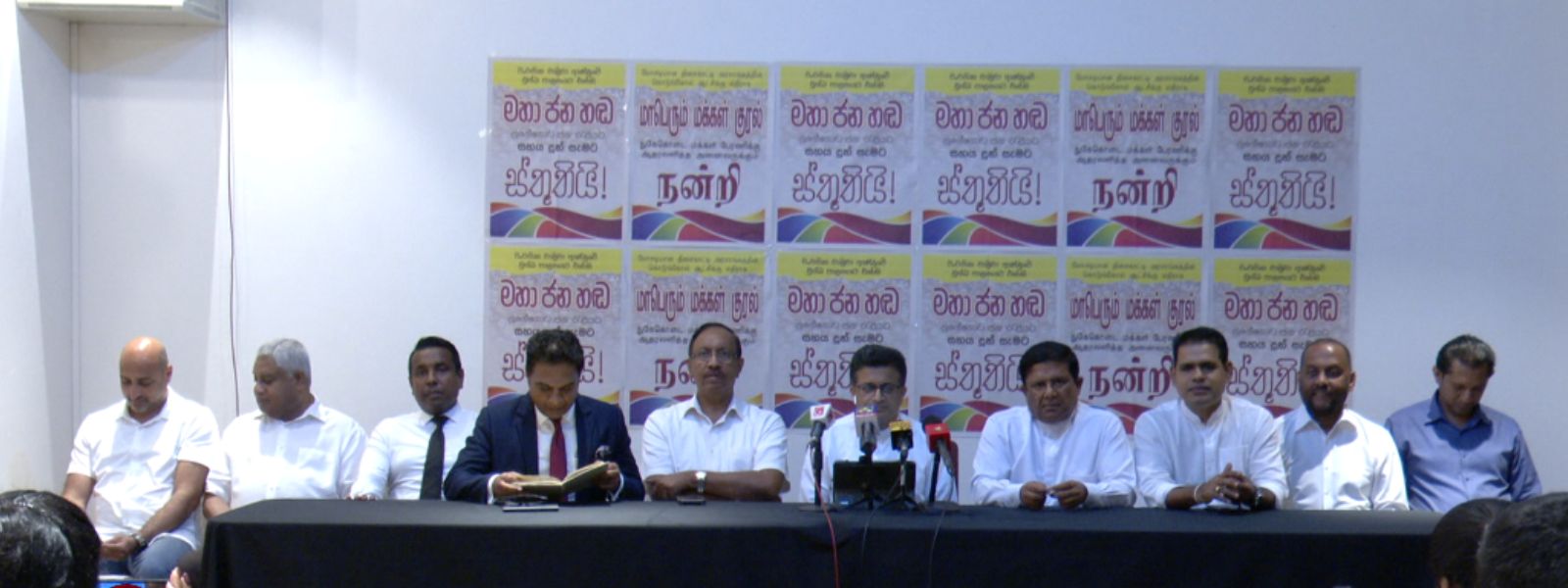Sri Lanka Police has sounded a strong warning to motorists and the public as torrential rains wreak havoc across several districts, forcing the closure of major roads and triggering landslides.
Assistant Superintendent of Police and Police Spokesperson F. U. Wootler confirmed that the Polonnaruwa–Batticaloa road has been completely closed from Manapitiya due to severe flooding. In addition, sections of the Badulla–Mahiyanganaya, Badulla–Bibile, and Madolsima–Passara roads have been shut down following landslides and earthslips.
“We have observed certain drivers attempting to venture into these dangerous roads despite repeated warnings. Our officers managed to foil those attempts, but we strongly urge motorists to prioritize safety,” Wootler emphasized.
Police have advised the public to avoid unnecessary travel and ensure vehicles are in proper working condition, paying special attention to technical issues that could compromise safety in extreme weather.
The affected areas include Badolsima, Batticaloa, Mahiyanganaya, Bibile, Badulla, Passara, and Polonnaruwa. All police stations in these regions have been instructed to monitor conditions closely and assist residents in relocating to safer locations.
“We urge the public to remain calm and cooperate with authorities. For any disaster-related emergencies, dial 119, 118, or 117,” Wootler added.
